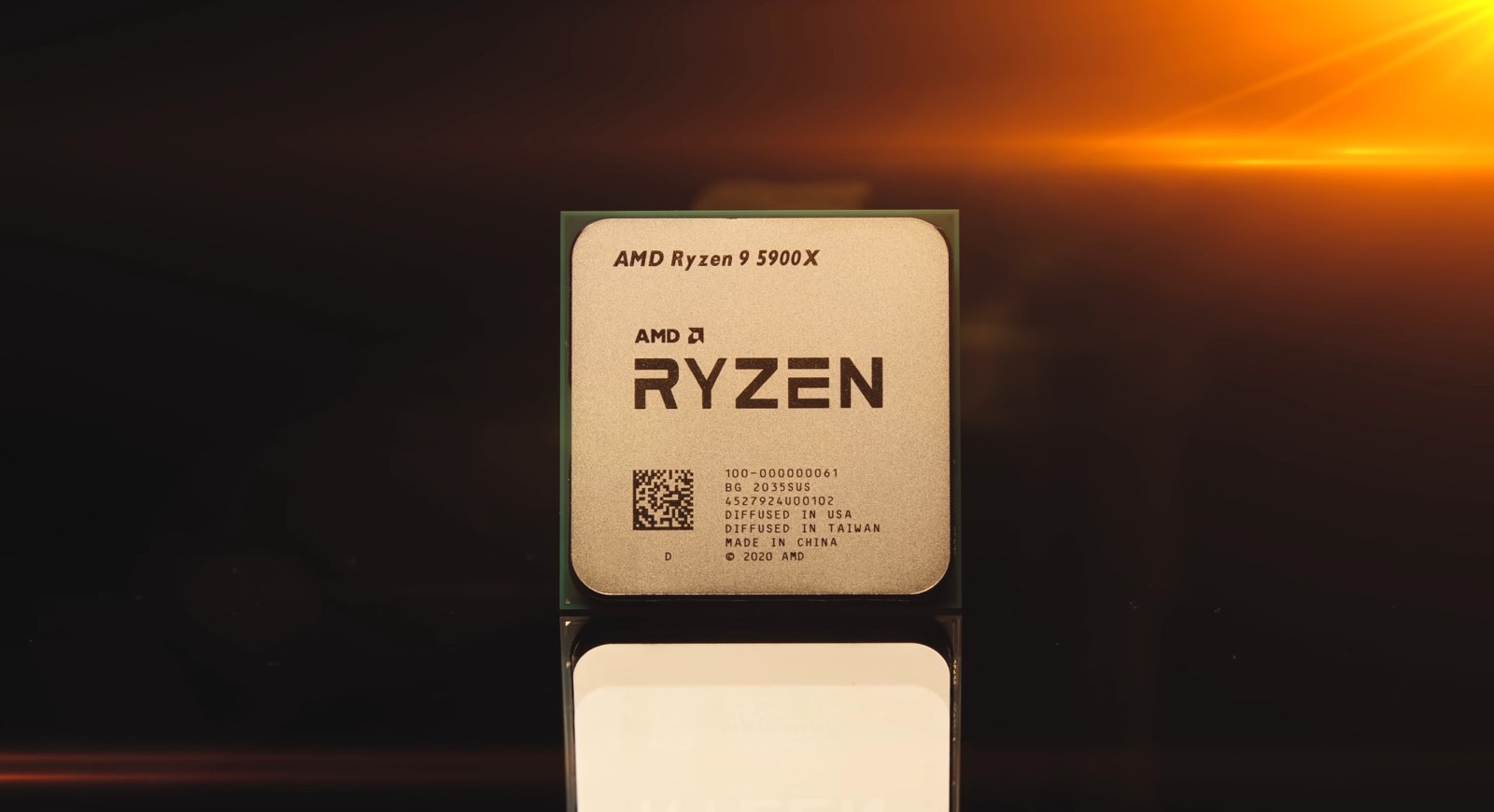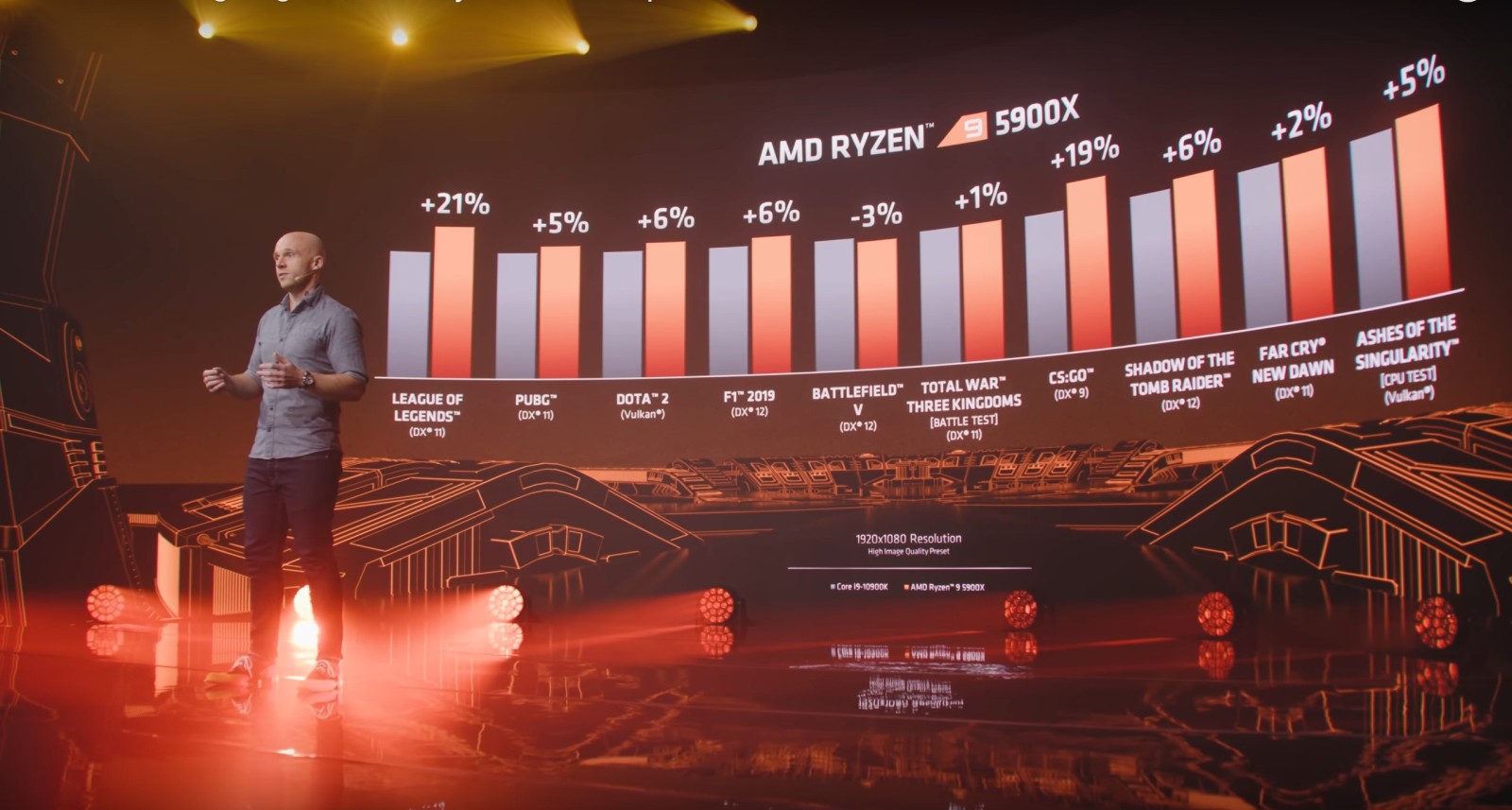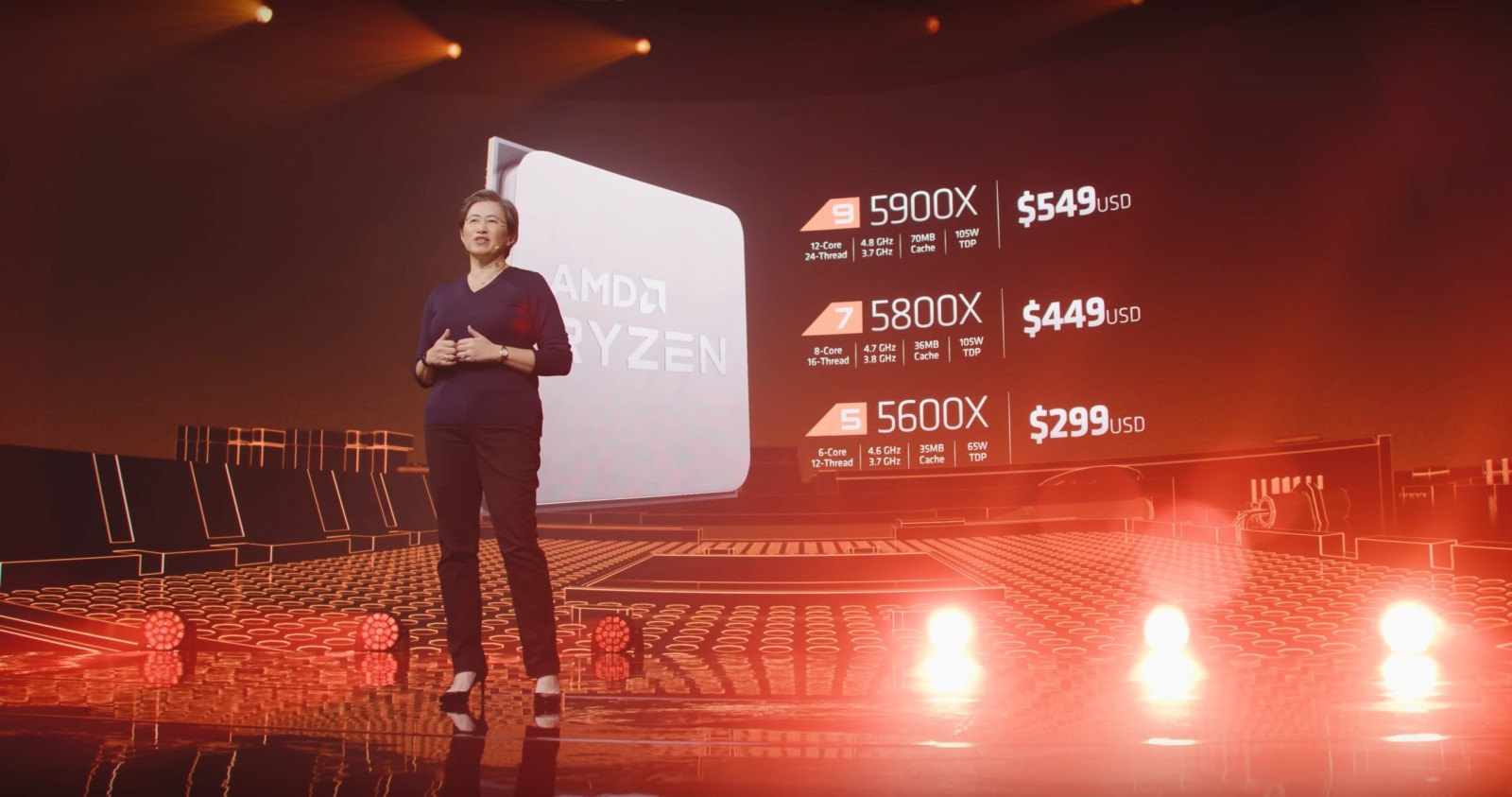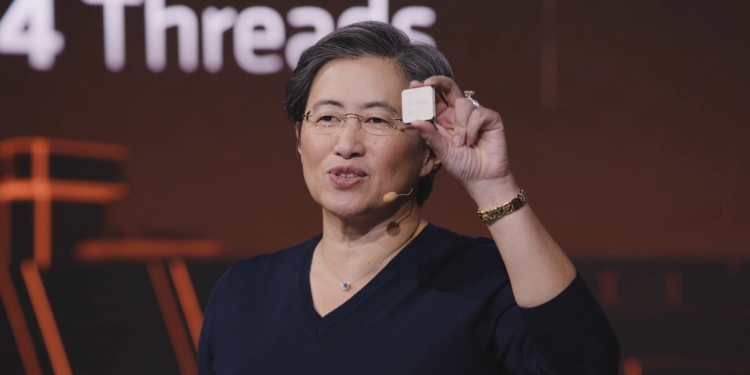AMD has announced its much anticipated Ryzen 5000 series processors for desktop. These are the first chips from AMD that are powered by its next-generation Zen 3 architecture, and they represent a significant bump up in performance for its desktop chips.
According to AMD senior vice president and general manager, client business unit Saeid Moshkelani, “Today, we are extremely proud to deliver what our community and customers have come to expect from Ryzen processors – dominant multi-core and single-core performance and true gaming leadership – all within a broad ecosystem of motherboards and chipsets that are drop-in ready for AMD Ryzen 5000 Series Desktop Processors.”

The company has boldly claimed that the new Ryzen 5900X is set to be the “world’s best gaming CPU”, doubling down on its high-performance gaming offering. It is clear to see that AMD’s new line up will directly compete against its bitter rival, Intel, particularly the latter’s Core i9-10900K processor.
The Verge reported that while AMD’s new chips do not beat Intel’s 10th Gen Core i9-10900K processor in terms of clock speed. Intel’s offering can max out at 5.3GHz as compared to AMD’s fastest new chip, the Ryzen 5950X which tops at 4.9GHz. However, it was noted that AMD’s offering has other advantages like improved power efficiency, a higher core and thread count.

During its virtual event AMD, claimed its benchmark’s show that its Ryzen 5900X beats Intel’s i9-10900K across a number of titles. This includes a number popular multiplayer games like League of Legends that boasts improved performance of 21% as well as CS:Go, Dota 2, PUBG. However, when it came to more graphic intensive single player games, the gains ranged between 1% up to 6%. Interestingly, AMD did admit that Intel’s chip was better at Battlefield V.
Even though the new Ryzen 5000 series processors are using its 7nm process, like last year’s Zen 2 based Ryzen 3000 chips for desktop, AMD promises a 19% increase in instructions per cycle (IPC), the average number of instructions executed for each clock cycle.
The Santa Clara-based company boasts its new Zen 3 architecture reduces latency from accelerated core and cache communication and doubles the directly accessible L3 cache per core while delivering up to 2.8X more performance-per-watt versus its competition.
In case you were wondering, the new chipset’s naming convention was deliberately moved up to the Ryzen 5000 series branding to avoid any confusion with the Zen 2-based Ryzen 4000 desktop chips that it released for prebuilt systems.
According to AMD, customers that intend to replace a Zen 2 CPU with a comparable Zen 3 model can do so with older motherboards after a firmware update. In doing so, they can expect an average of 26% improvement for customers while keep the thermal design power and core counts the same.
Pricing and availability

Under the new line up, AMD is introducing four new Zen 3 CPUs: the Ryzen 9 5950X which costs USD 799 (~RM3,314), Ryzen 9 5900X priced at USD 549 (~RM2,277), Ryzen 7 5800X at USD 449 (~RM1,862) and Ryzen 5600X at USD 299 (~RM1,240). Below is a table with the spec for each CPU :

According to AMD, the four new Ryzen 5000 CPUs will available in the U.S. starting from 5 November.








